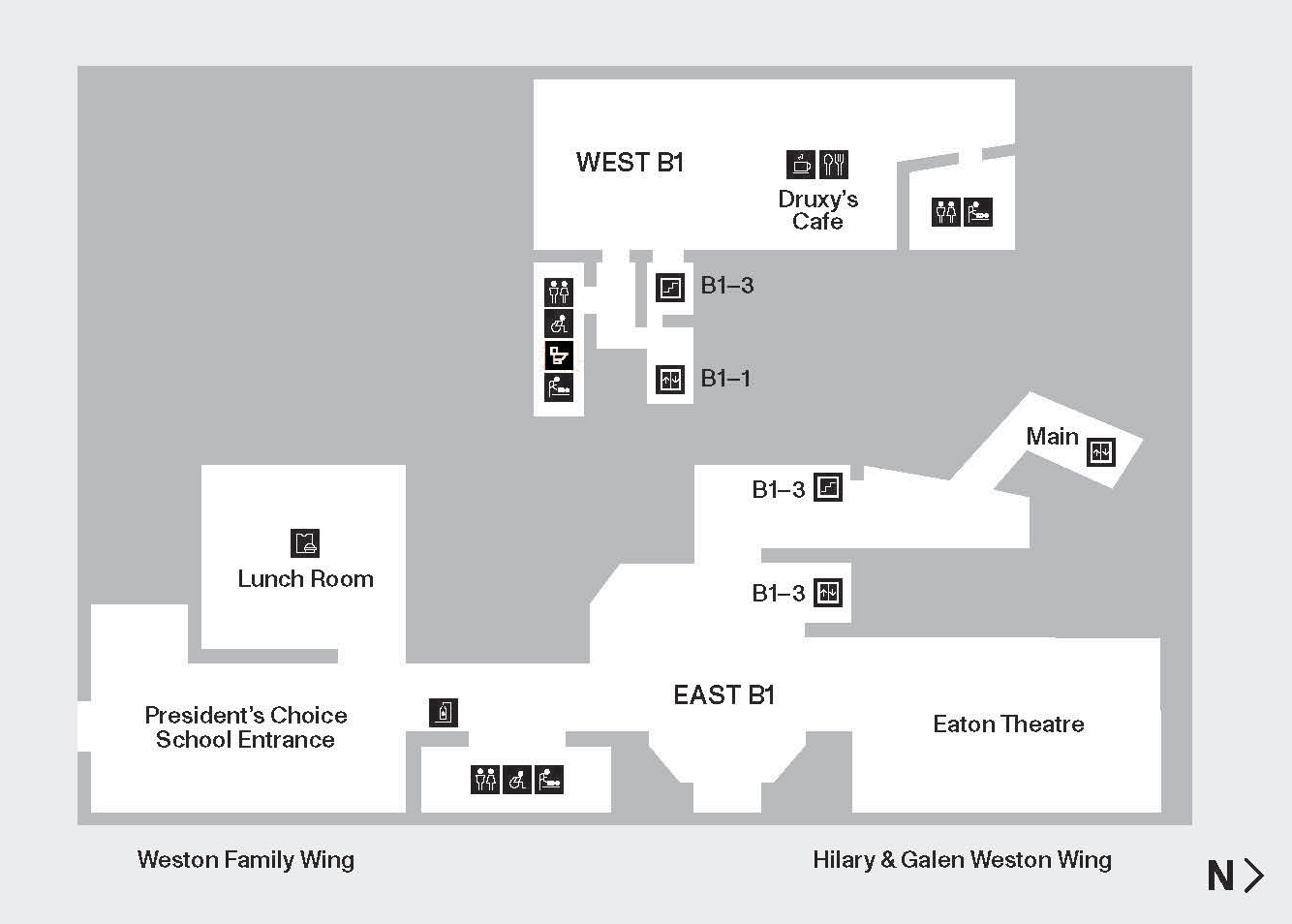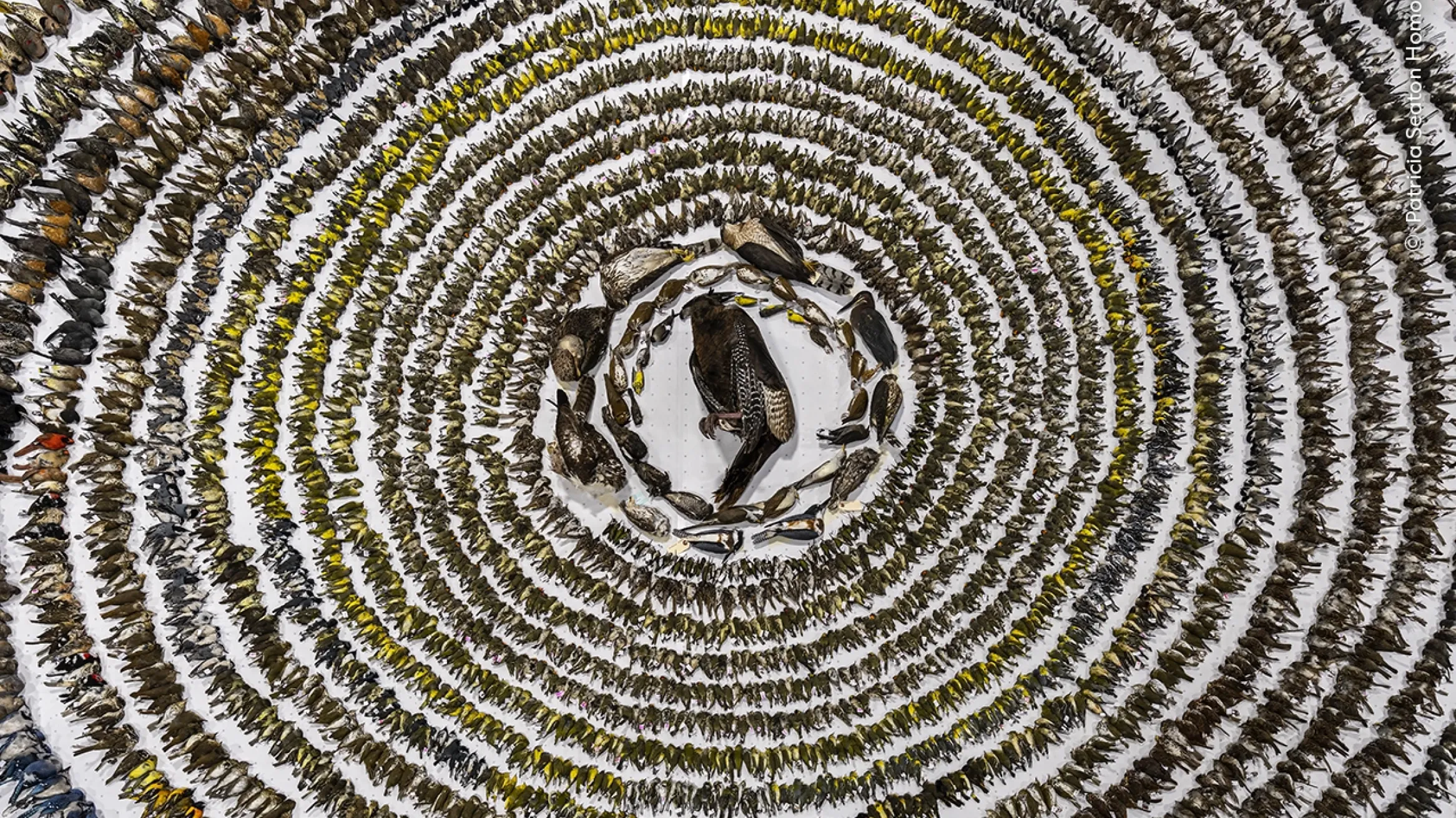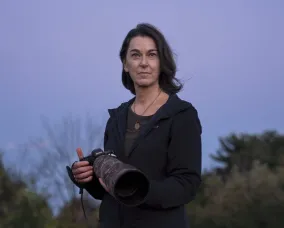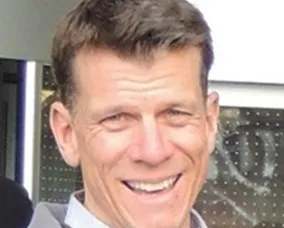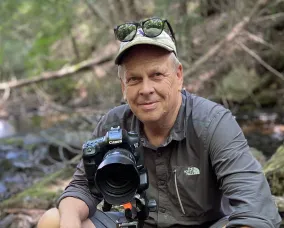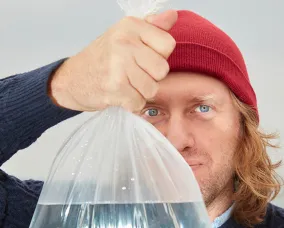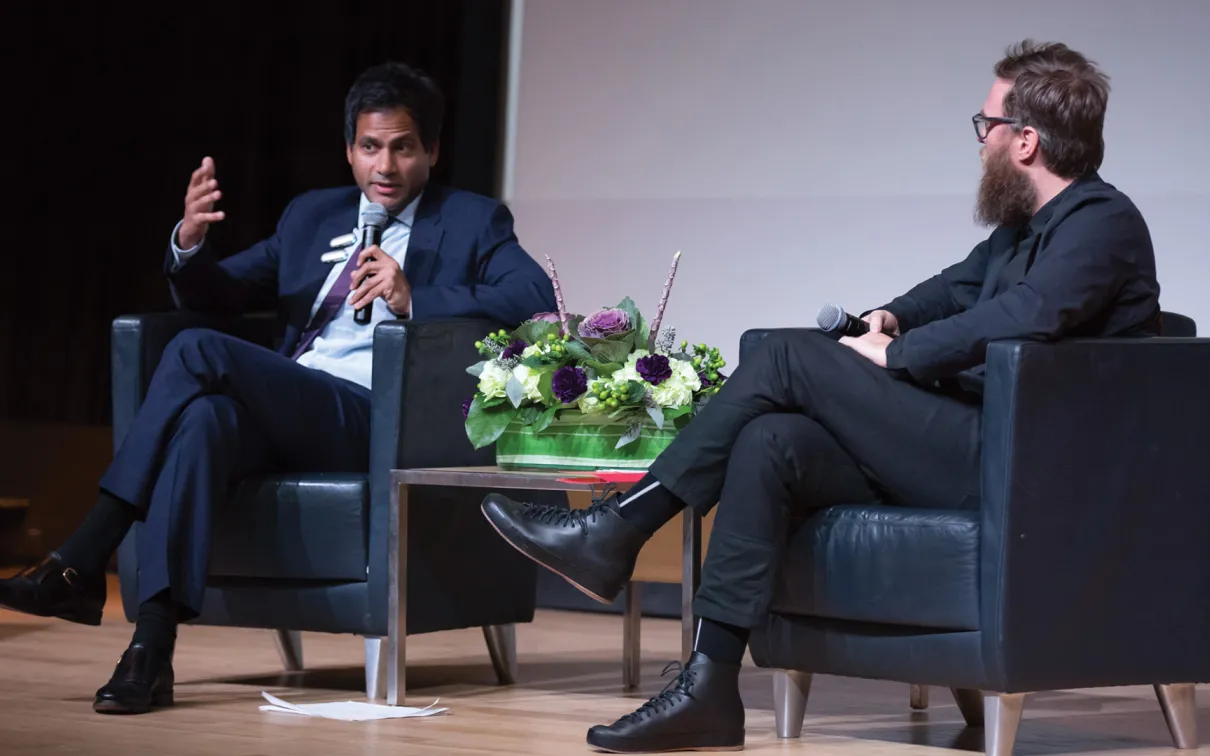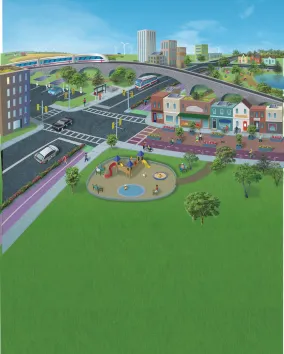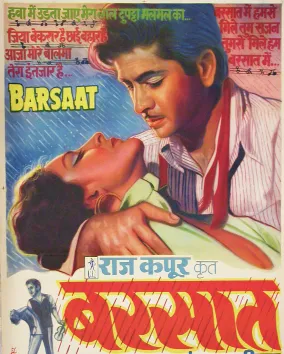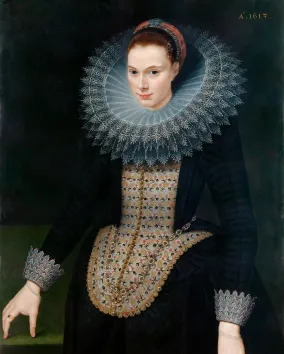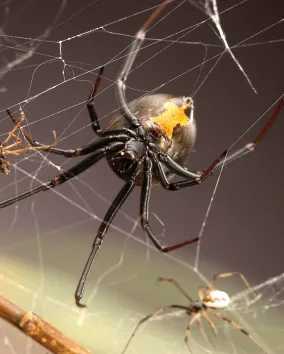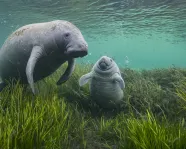About
Free with RSVP
Photography’s power lies in its ability to move the viewer, create empathy, and enact change. In her Highly Commended image from this year’s competition, award-winning photographer Patricia Seaton Homonylo used her lens to draw much needed attention to the annual epidemic of bird deaths in Canada’s big cities and beyond.
In this illustrated conversation led by ornithologist and advocate Mark Peck, explore the work being done to change human behaviour through art with guests Patricia Seaton Homonylo and Michael Mesure of FLAP Canada. This program will be MC’d by WPY Curator Soren Brothers.
Talks
Curious about art, culture, and nature? Learn why these topics matter within and beyond Museum walls. Talks at ROM offer engaging moments of thought-provoking learning with experts and objects from, and inspired by, collections in the Museum. Upcoming talks are identified as either at ROM or Online. All are Free with RSVP.
Related events
These events are offered in English only.
